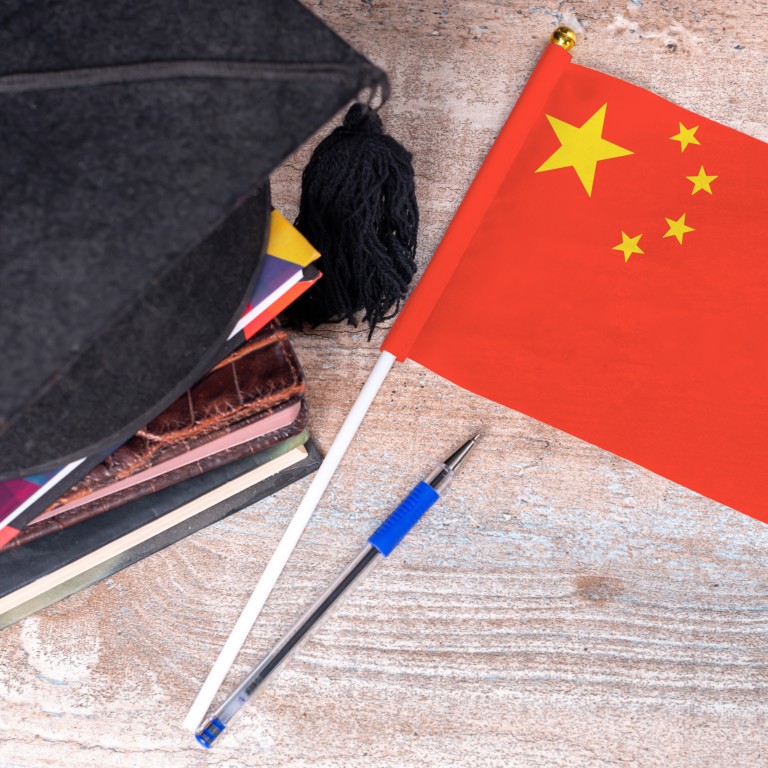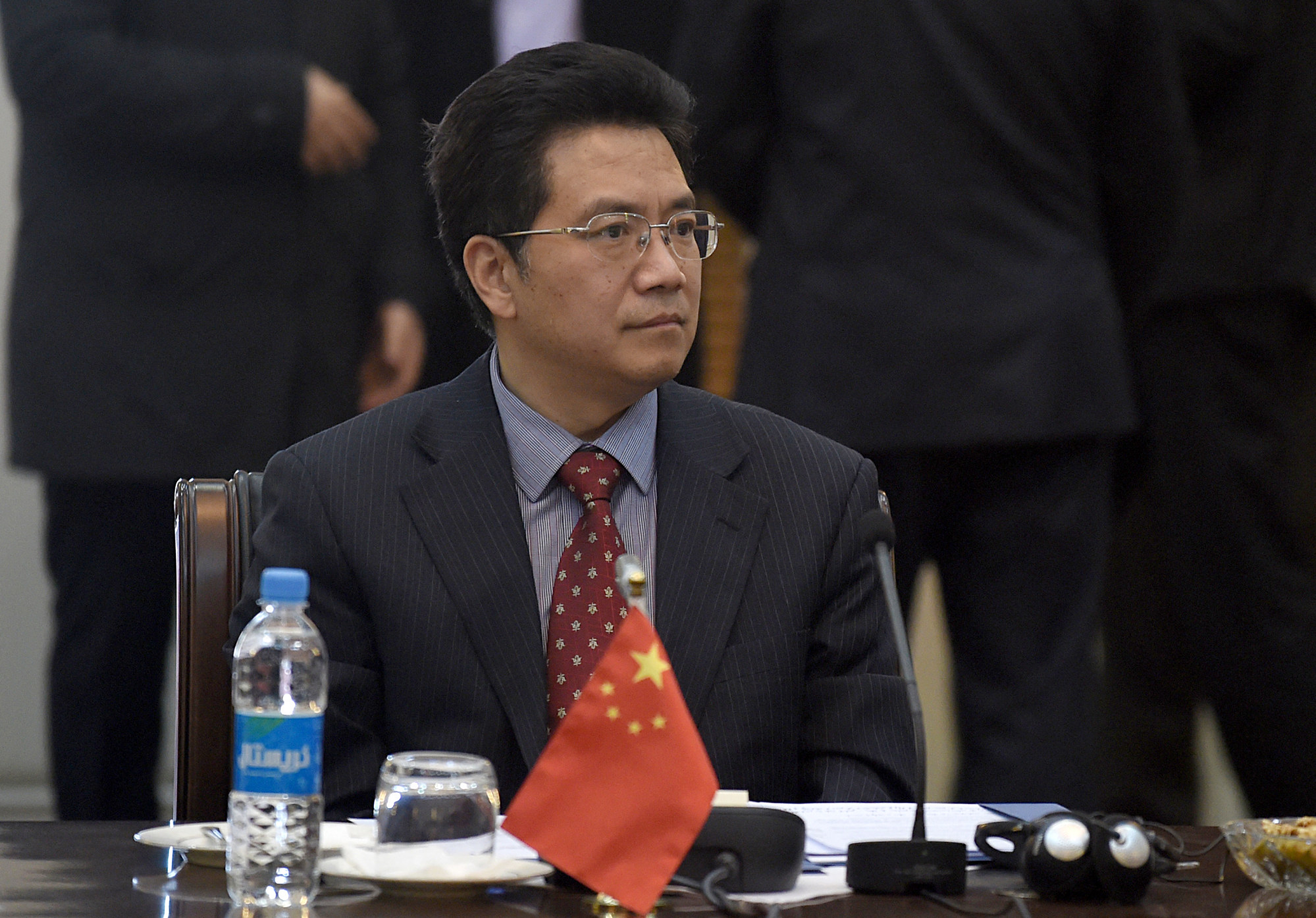
Coronavirus: hope for stranded Southeast Asian students after being shut out of China for nearly 2 years
- Chinese ambassador to Asean says those from the 10-nation bloc will be prioritised and able to return in stages to continue their studies
- Country’s borders have been closed to most foreign nationals since March 2020, leaving many students unable to attend classes in person
Fourth-year medical student Belia Khoo might have to put her studies on hold if she cannot get back to China by May.
The Shanghai Jiao Tong University student is due to begin an eight-month hospital attachment in May. If she cannot return, she will only be able to “interact” with patients through a live stream, potentially meaning her degree will not be recognised because of the lack of clinical training.
But there are positive signs for Khoo and other stranded students from Southeast Asian countries that they might be able to return soon.
About 80,000 students from Asean member states study in China, according to the education ministry’s latest available figures, from 2018.

Khoo did not want to get her hopes up. “I’ve been anticipating a border opening for us for two years,” she said. “Every time the Chinese Ministry of Foreign Affairs holds a press conference, they say arranging the students’ return is in the works. We were thrilled. We thought a plan would materialise in about two months. But it’s been nearly two years now.”
Khoo said she chose to study in China because the medical technology was more advanced than that in Malaysia, and she also wanted to practice there.
Understanding China was their life’s work until Covid-19 arrived
Ambassador Deng did not give details of how Asean students would be prioritised, saying only that the return of international students must be done in a way that maintained health and safety, and it would depend on the coronavirus situation in China.
A joint statement from this week’s Asean-China summit said the two sides would advance political, security, economic and cultural cooperation in the region. That included working together on education and promoting exchanges among young people, think tanks and local governments.
Some Asean members, such as Indonesia and Malaysia, along with China have criticised the pact as destabilising and raised concern it could start an arms race in the region.
Li Mingjiang, an associate professor at the S. Rajaratnam School of International Studies at Singapore’s Nanyang Technological University, said China was looking to allow students from Asean members back first because Southeast Asia has become a priority in its foreign policy.
“This has to do with growing competition between China and the United States and American allies in Southeast Asia, the Asia-Pacific and even the Indo-Pacific,” he said.
Asean governments have also been pushing the issue of international students being shut out of China via diplomatic channels, according to Zhang Jie, a professor with the National Institute of International Strategy at the Chinese Academy of Social Sciences.
“China and Asean countries have established clear channels of communication, so the foreign ministry clearly understands issues related to livelihood and international students,” she said.
For medical student Khoo, the clock is ticking. She hopes she will be allowed back to China by February, before her hospital attachment. “But my fellow international students and I don’t dare to hope for anything any more,” she said. “It’s been four semesters already.”

